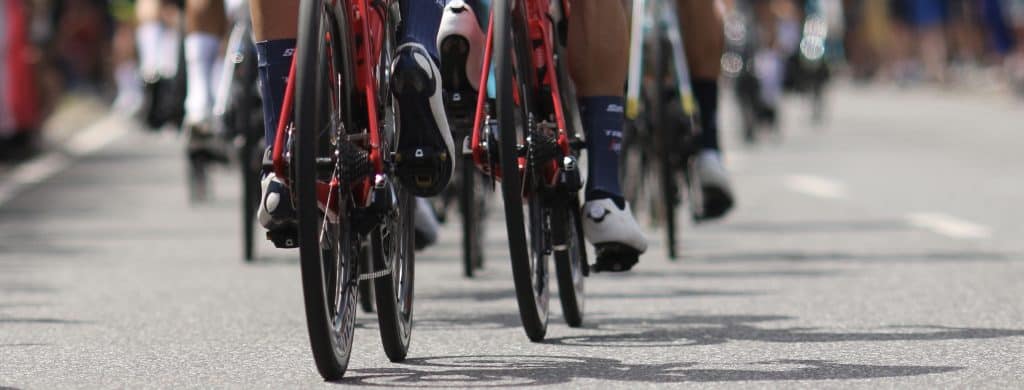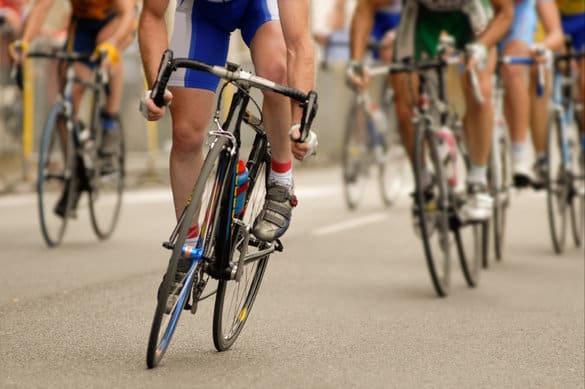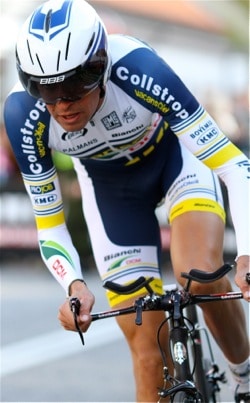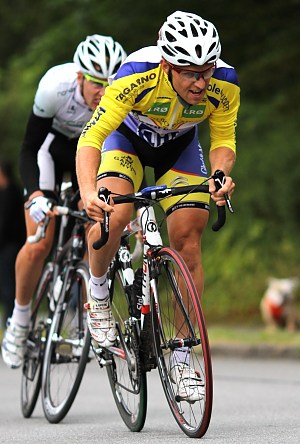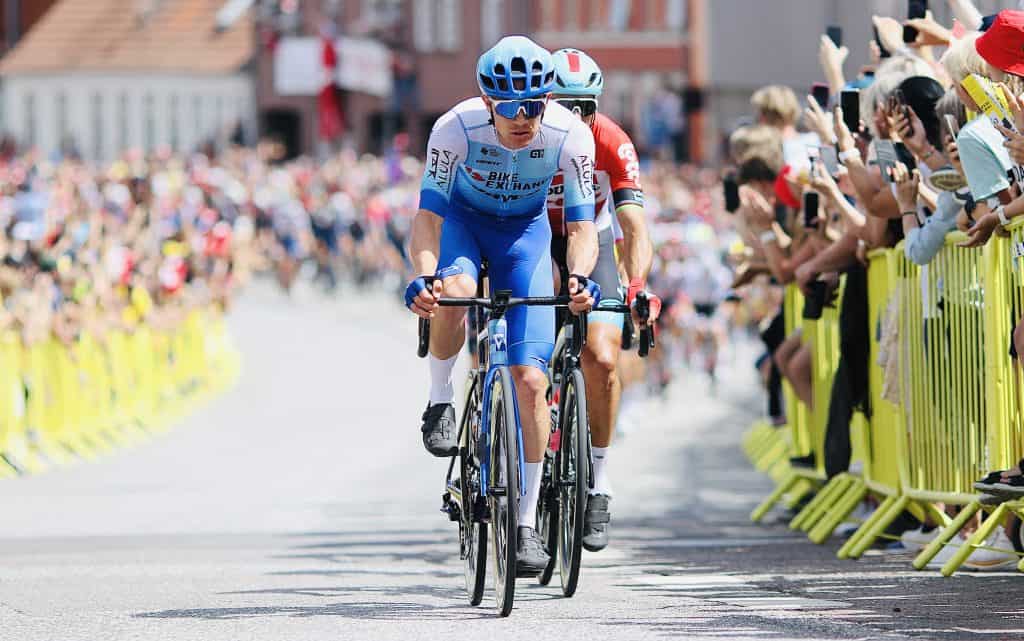How to Optimize Your Pre-Season Cycling Training
The road cycling race season is about to begin, and in some countries, they have already started. So today, I will show you some highly effective techniques to help you perform better in the first race. In the bottom of this article you’ll find 4 Pre-season Bike Training Sessions One of the most common arguments […]
How to Optimize Your Pre-Season Cycling Training Read More »

